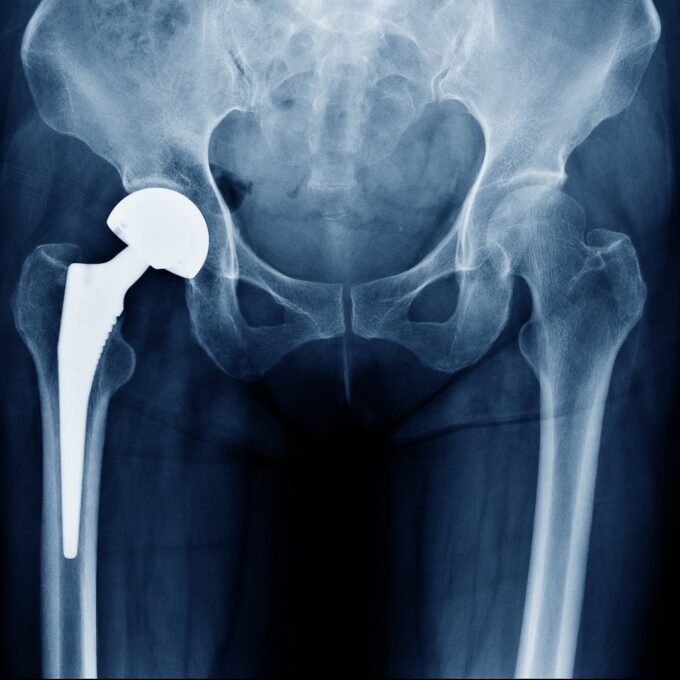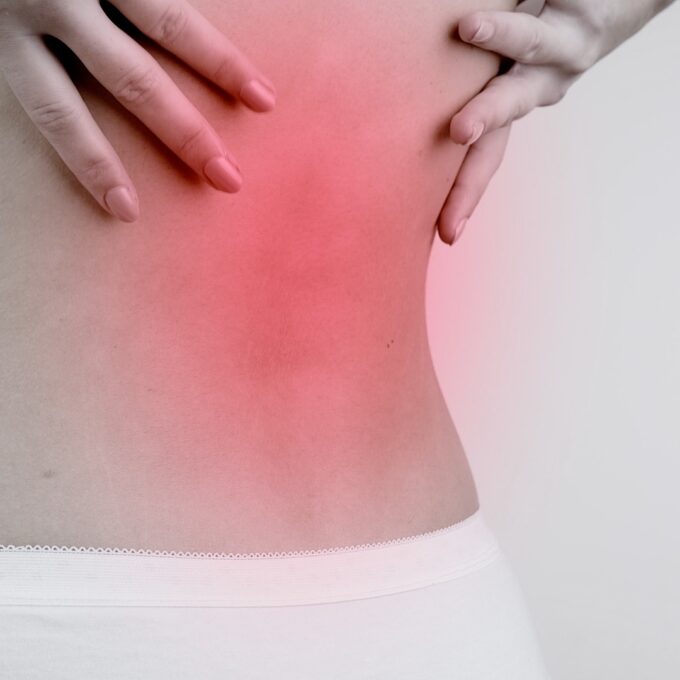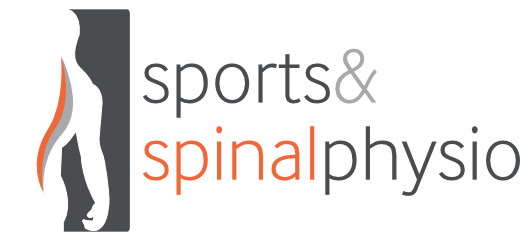Hip and Groin Pain
Osteoarthritis, Femoral acetabular impingement, Groin strain
Hip osteoarthritis is the most common reason for joint replacement. Although associated with the elderly osteoarthritis can occur in a person’s 20’s and 30’s. Groin strain is a common sporting injury where the muscles from the inner thigh are strained at the attachment to the lower margins of the pubic bone. Sometimes the abdominal attachment is also strained, this is called a sports hernia. Femoral acetabular impingement is condition where the neck of the hip bone is too thick and as such causes pain and restricted movement at the hip joint, this common condition often affecting footballers can require surgery. Treatment of hip and groin pain includes manual therapy (hands on techniques), postural changes, specific exercises, acupuncture and life style changes. Injection therapy and surgery are other options.

Buttock Pain & Sciatica
Sciatica, Sacroiliac Joint Dysfunction and Piriformis Syndrome
The most common buttock pains arise from the lumbar spine (lower back) or Sacroiliac joint. This is described as referred pain. Sciatica is caused by irritation of the sciatic nerve as it passes out of the spine or through the buttock. Prolapsed disc or degenerative spinal disease is often the cause of this (see lumbar spine fact sheet). Sometimes a muscle called Piriformis (located in the buttock) may irritate the sciatic nerve and cause buttock and leg pains. Treatment of buttock and thigh pain includes manual therapy (hands on techniques), postural changes, specific exercises, acupuncture and life style changes. Injection therapy and surgery are other options.

Thigh Pains & Sciatica
Sciatica, Hamstrings and Quadriceps muscle tears
The most common pain occurring in the thigh is sciatica (see buttock and thigh section), however tears within the hamstring or quadriceps muscles are common injuries in sports men and women.
Muscle tears are rated in grades. A grade 1 tear occurs when a few muscle fibres are torn these normally heal within 3-4 weeks. A grade 2 tear is a partial and substantial tear of the muscle; sometimes up to two thirds of the fibres are torn. Grade 3 tear is defined as a complete tear or rupture of the muscle, this often requires surgery. Treatment of thigh pain includes manual therapy (hands on techniques), postural changes, specific exercises, acupuncture and life style changes.
Next Steps: Use one of our 4 options below to get started...
What Our Patients Say
Finally
If you are still considering what to do or just browsing why not download one of our free guides below.
